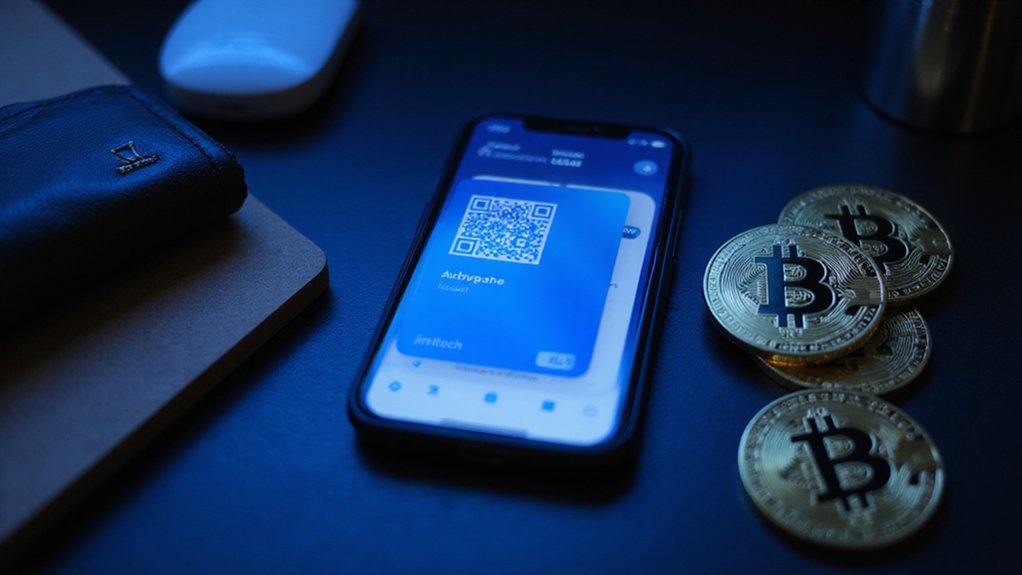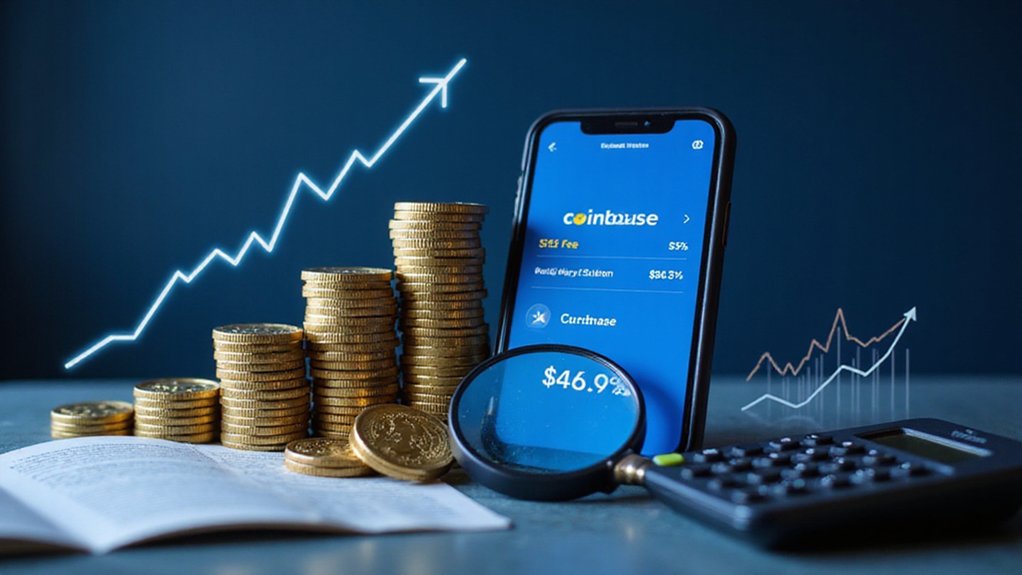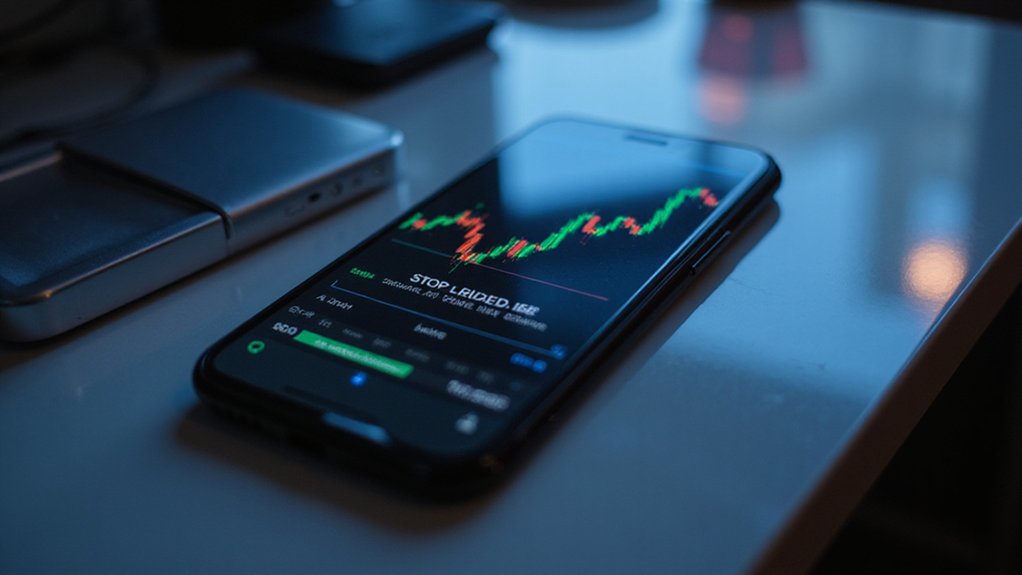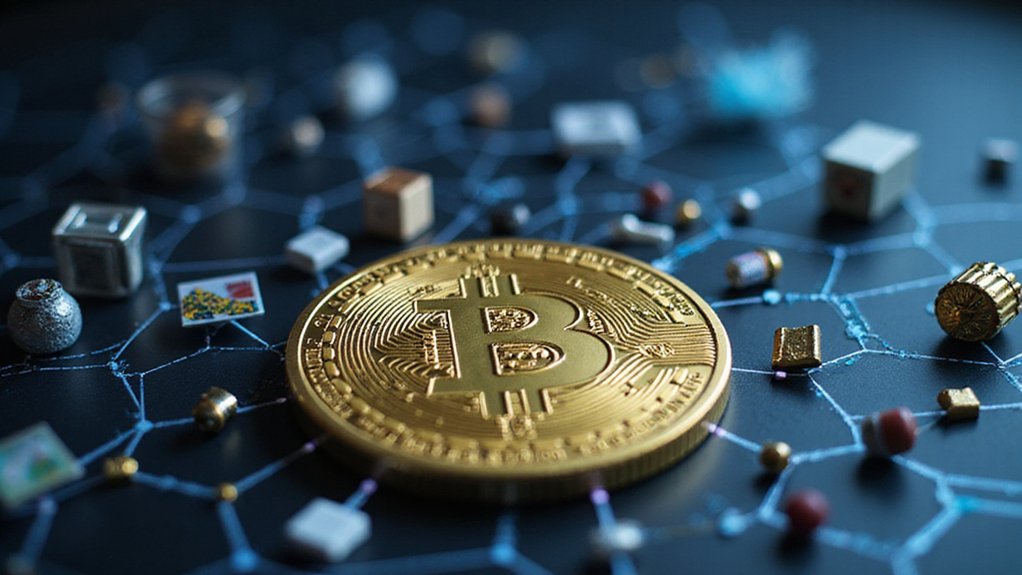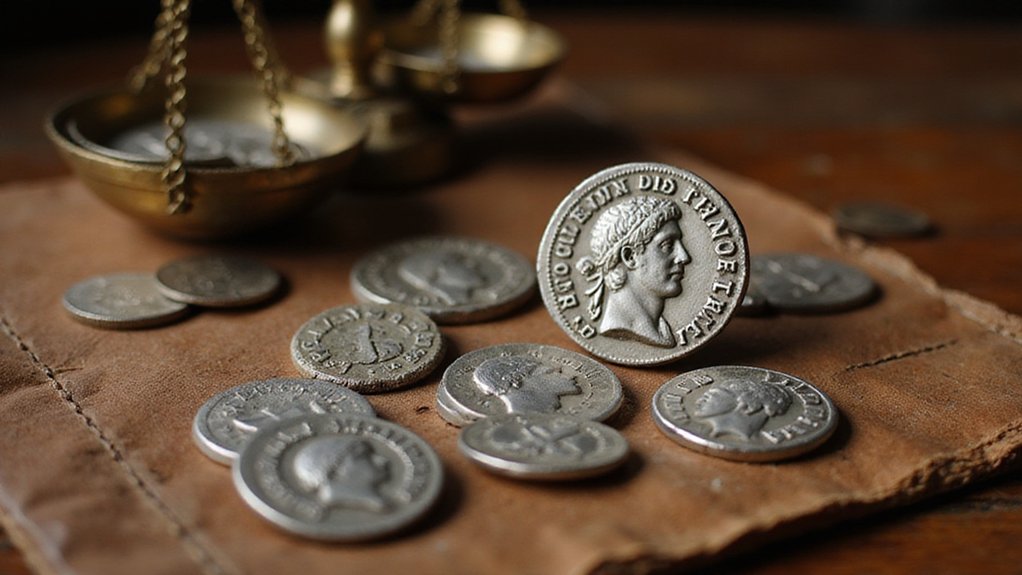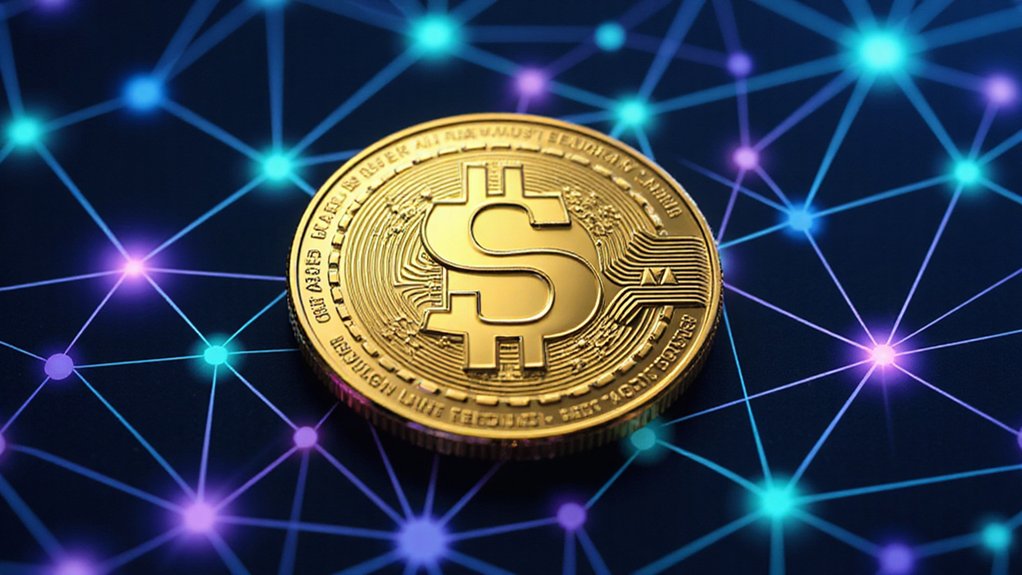To find a Coinbase Wallet address, users must navigate distinct pathways depending on their device. On desktop, click the gear icon in the browser extension; on mobile, tap Transfer, then Receive crypto, followed by Crypto addresses. Select the specific cryptocurrency required (Bitcoin, Ethereum, etc.), as each digital asset maintains its own unique address. Always verify the complete address before initiating transfers—the blockchain’s permanence proves unforgiving to the inattentive. The remaining steps reveal essential verification safeguards.
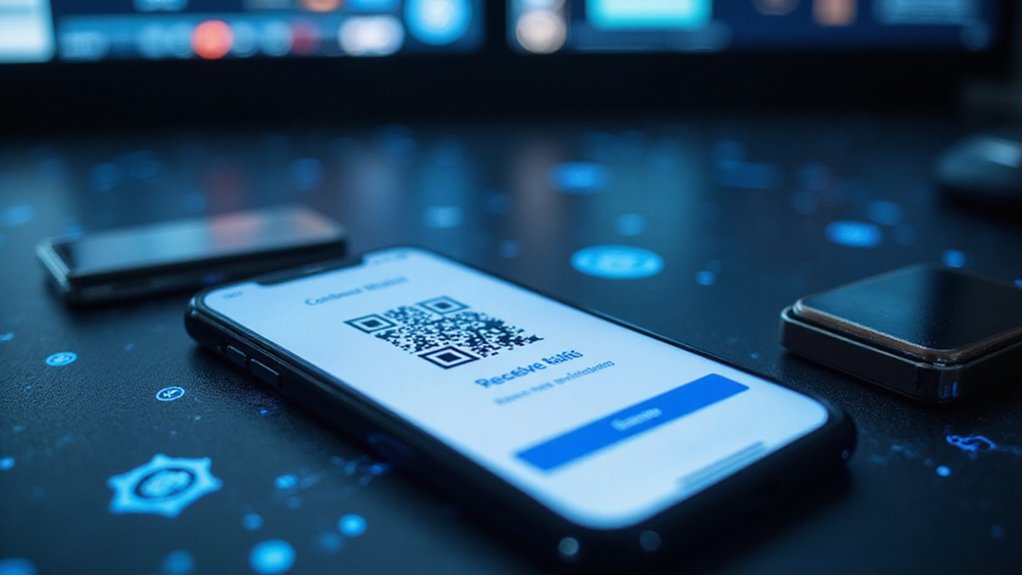
Where exactly does one locate that cryptic string of alphanumeric characters necessary for receiving digital assets on Coinbase?
The process varies slightly between platforms but follows a logical progression that even the most technophobic investor can navigate with minimal cognitive distress.
Users accessing Coinbase Wallet via desktop should locate the ‘Settings’ icon (that ubiquitous gear symbol that has become the universal signifier for “tinker at your own risk”) within the browser extension.
Navigate the labyrinth of Coinbase settings via that universally ominous gear icon—digital breadcrumbs leading to your crypto’s future dwelling.
Mobile adherents, meanwhile, must tap ‘Transfer’ followed by ‘Receive crypto’ from their home screen—a workflow that betrays the platform’s subtle preference for acquisition over divestment.
The subsequent navigation to “Crypto addresses” reveals the digital coordinates where one’s virtual wealth may accumulate.
The interface presents users with their wallet addresses—those seemingly random sequences of characters that function as financial destinations in the blockchain universe.
One must select the specific cryptocurrency required, as Bitcoin addresses won’t accommodate Ethereum transactions (an expensive lesson many learn through costly trial and error).
The system generates both a textual representation and QR code—the latter being particularly useful for those who find manually transcribing 42-character strings tedious¹.
Once located, users can copy their wallet address with a simple click or tap on the corresponding icon.
Verification remains paramount; the blockchain’s immutable nature means erroneous transactions join diamonds in permanence.
Users harboring multiple addresses for a single crypto asset can access historical addresses through the desktop interface’s detailed listing feature.
Network selection warrants particular attention, as the blockchain universe comprises multiple parallel dimensions (networks) through which transactions must properly travel.
Sending assets via an incompatible network resembles mailing packages to correct addresses in nonexistent countries—technically addressed but practically irretrievable.
The prudent investor verifies the entire address string and conducts test transactions when uncertainty looms, as the blockchain’s unforgiving architecture offers no recourse for the careless or uninformed.
Unlike custodial platforms, Coinbase Wallet operates as a self-custody solution that provides users complete ownership of their private keys and full control over their digital assets.
¹Though oddly satisfying in its methodical tedium.
Frequently Asked Questions
What’s the Difference Between Coinbase and Coinbase Wallet?
The salient distinction between Coinbase and Coinbase Wallet hinges on custody arrangements.
Coinbase operates as a custodial exchange where the company retains private keys, offering simplified trading with fiat on-ramps but relinquishing user sovereignty.
Conversely, Coinbase Wallet embraces self-custody principles—users maintain complete control over their private keys, enabling direct DeFi interaction at the cost of assuming full responsibility for security (and potential catastrophic loss).
Is My Coinbase Wallet Address Always the Same?
No, a Coinbase Wallet address isn’t always the same.
Users typically have multiple addresses for each cryptocurrency they hold—a feature that actually enhances security through compartmentalization.
While all previously generated addresses remain functional for receiving funds (provided they match the correct crypto type), this multiplicity requires vigilance when sharing receiving information.
The platform permits viewing historical addresses, but sending to incorrect or incompatible address formats risks permanent asset loss.
Can I Share My Coinbase Wallet Address Publicly?
Sharing a Coinbase wallet address publicly is generally safe—it’s designed for receiving funds, not accessing them.
Users should recognize, however, that public addresses create a permanent, transparent transaction record on the blockchain that sophisticated analysts can scrutinize.
While exposure poses no direct security threat to funds (protected by private keys), it potentially links one’s financial activity to their identity—a consideration in an era where privacy increasingly resembles financial capital.
Is There a Fee for Receiving Crypto to My Wallet?
No, there are no fees for receiving cryptocurrency into a Coinbase wallet. While blockchain transactions typically involve network fees, these are paid by the sender, not the recipient.
Coinbase-to-Coinbase transfers between users’ primary balances are entirely free. Recipients have no control over transaction fees, as the sender determines network costs.
The platform maintains this zero-fee policy for inbound transactions regardless of amount or blockchain type.
How Do I Recover My Wallet if I Lose Access?
To recover a Coinbase Wallet after losing access, users must employ either their 12-word recovery phrase or cloud backup (Google Drive/iCloud).
The process involves reinstalling the app, selecting “I already have a wallet,” then “Restore with recovery phrase.”
Smart wallet users might alternatively utilize their recovery key, though this incurs network fees.
Without these credentials, unfortunately, the funds remain permanently inaccessible—a sobering reminder of non-custodial wallets’ unforgiving nature.
